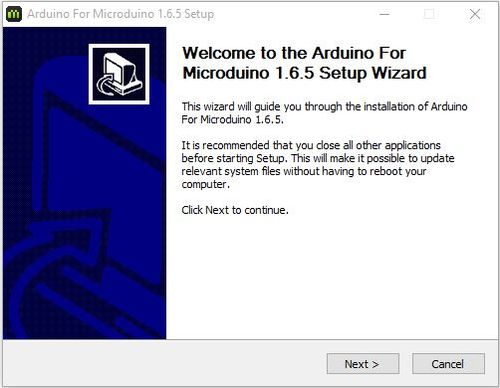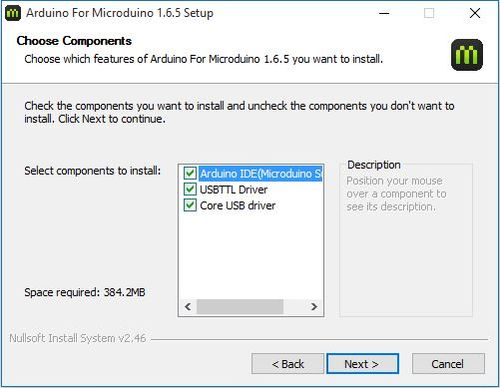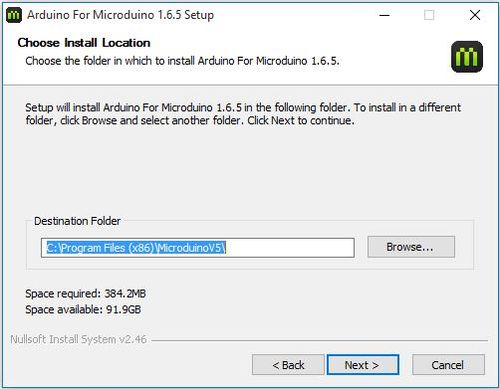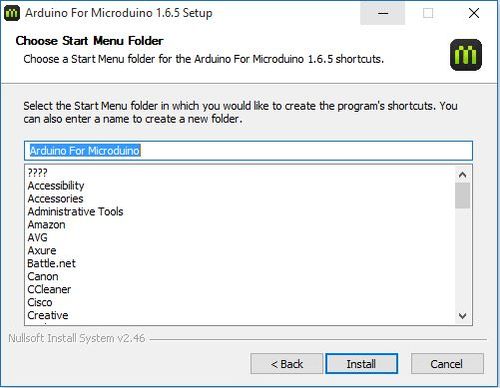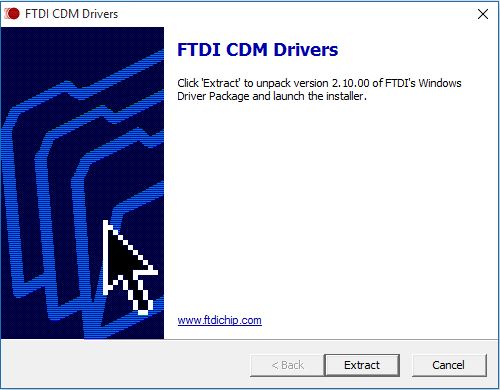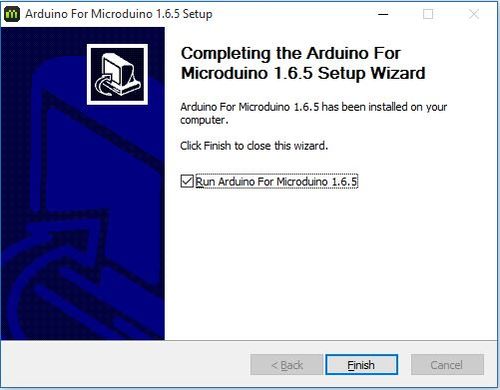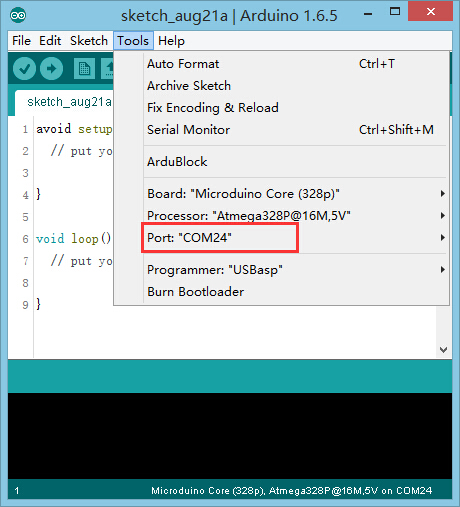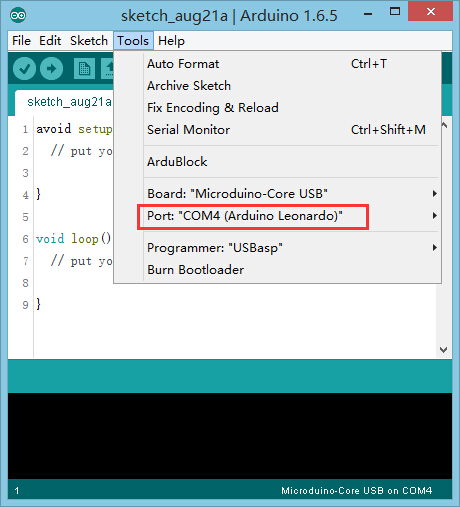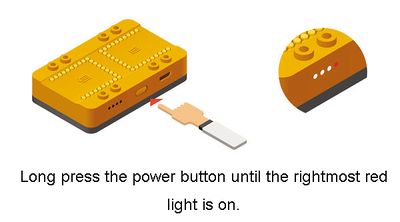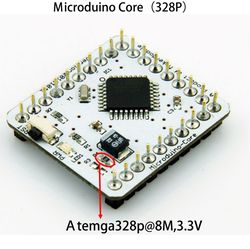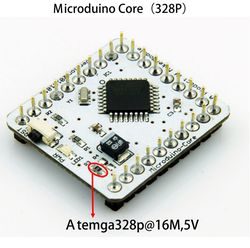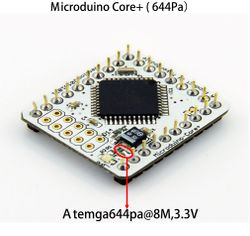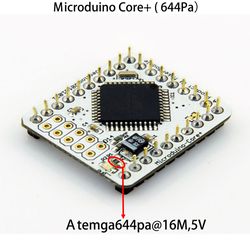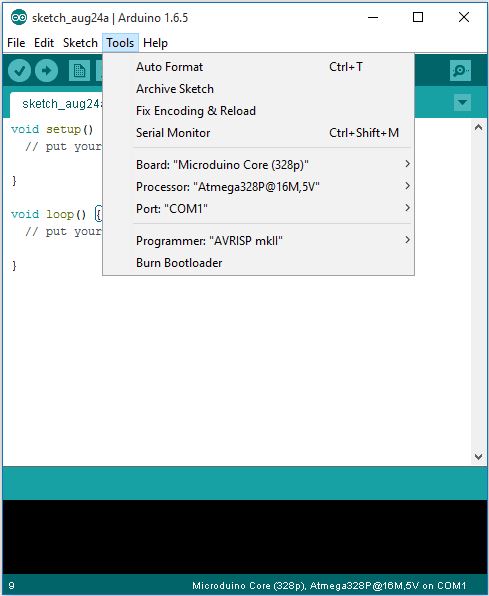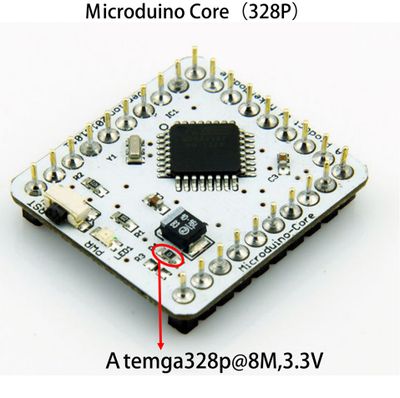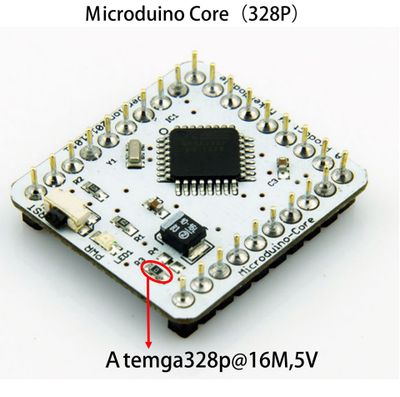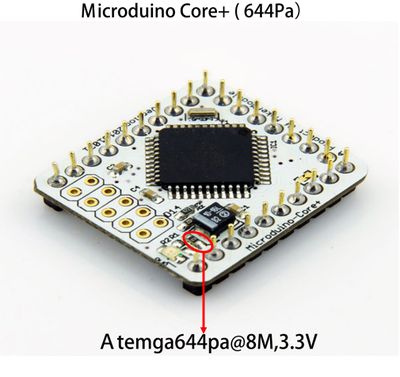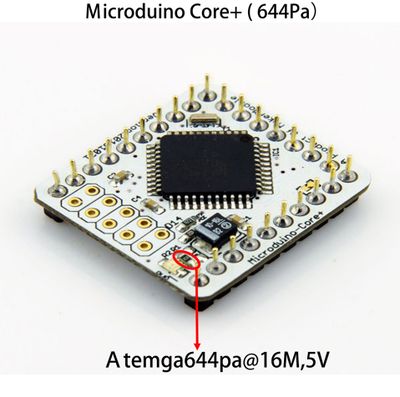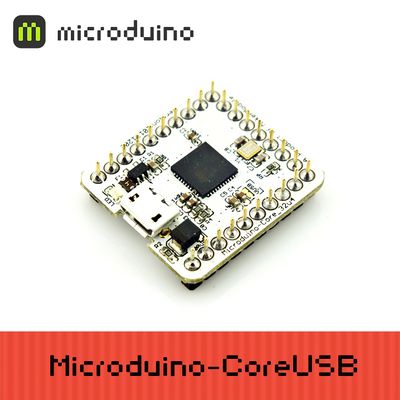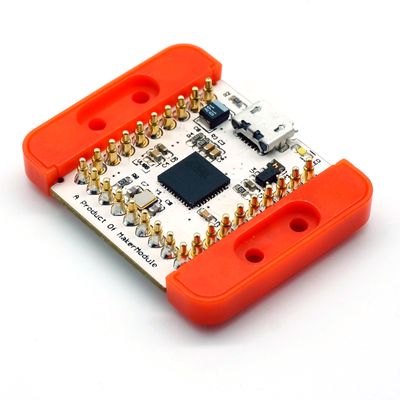Difference between revisions of "Getting started: Microduino IDE for Windows"
From Microduino Wiki
(→Selecting Board Type and Processor) |
(→Determining Processor Variant) |
||
| Line 89: | Line 89: | ||
==Determining Processor Variant== | ==Determining Processor Variant== | ||
| + | ===Core=== | ||
| + | [[File:microduinoGettingStart-Core3V3.jpg|250px]] | ||
| + | [[File:microduinoGettingStart-Core+3V3.jpg|250px]] | ||
| + | ===Core+=== | ||
| + | [[File:microduinoGettingStart-Core5V.jpg|250px]] | ||
| + | [[File:microduinoGettingStart-Core+5V.jpg|250px]] | ||
=Arduino IDE Basics= | =Arduino IDE Basics= | ||
Revision as of 23:45, 21 March 2017
| Language: | English • 中文 |
|---|
ContentsDownload
https://www.microduino.cc/download Installation
Confirm Drivers Installed SuccessfullyUSBTTL
CoreUSB
mBattery
IMPORTANT: Ensure that mBattery is "ON" by pressing and holding the button. A red LED should be on, which indicates that power is being supplied to the modules.
Selecting Board Type and ProcessorSelecting the Board Type and Processor is required to compile the correct code for the core module. Configuring the software is done under Tools > Board and Tools > Processor. Below is the table which lists all the core modules with corresponding Board and Processor. The table also lists kits that contain specific core modules. Example usage would be for the Core module in Itty Bitty City. Board is Microduino/mCookie-Core (328p) and Processor is Atmega328P@16M,5V.
Determining Processor VariantCoreCore+Arduino IDE BasicsInterface
Tools
The Board Types
Uploading Code
|
